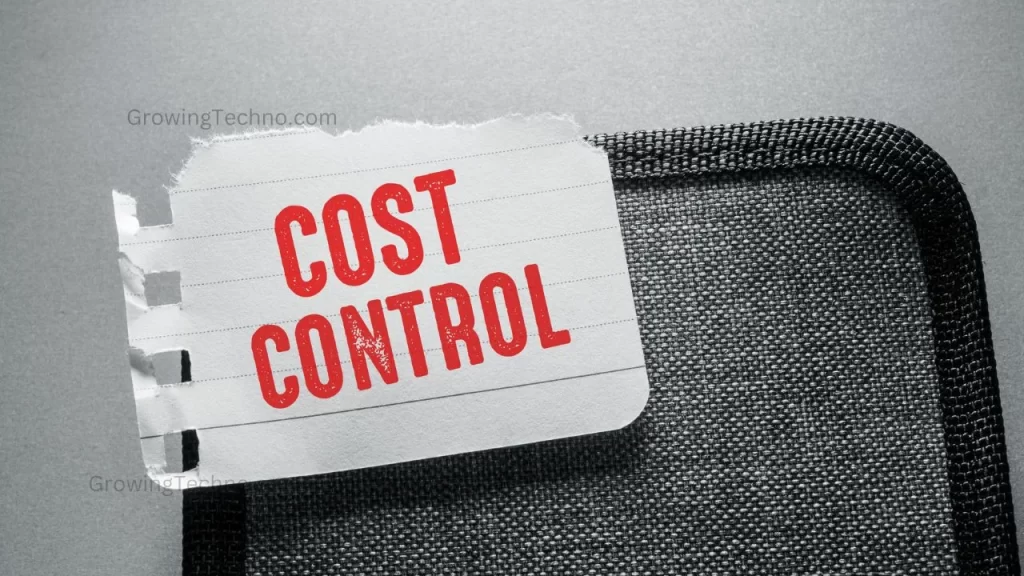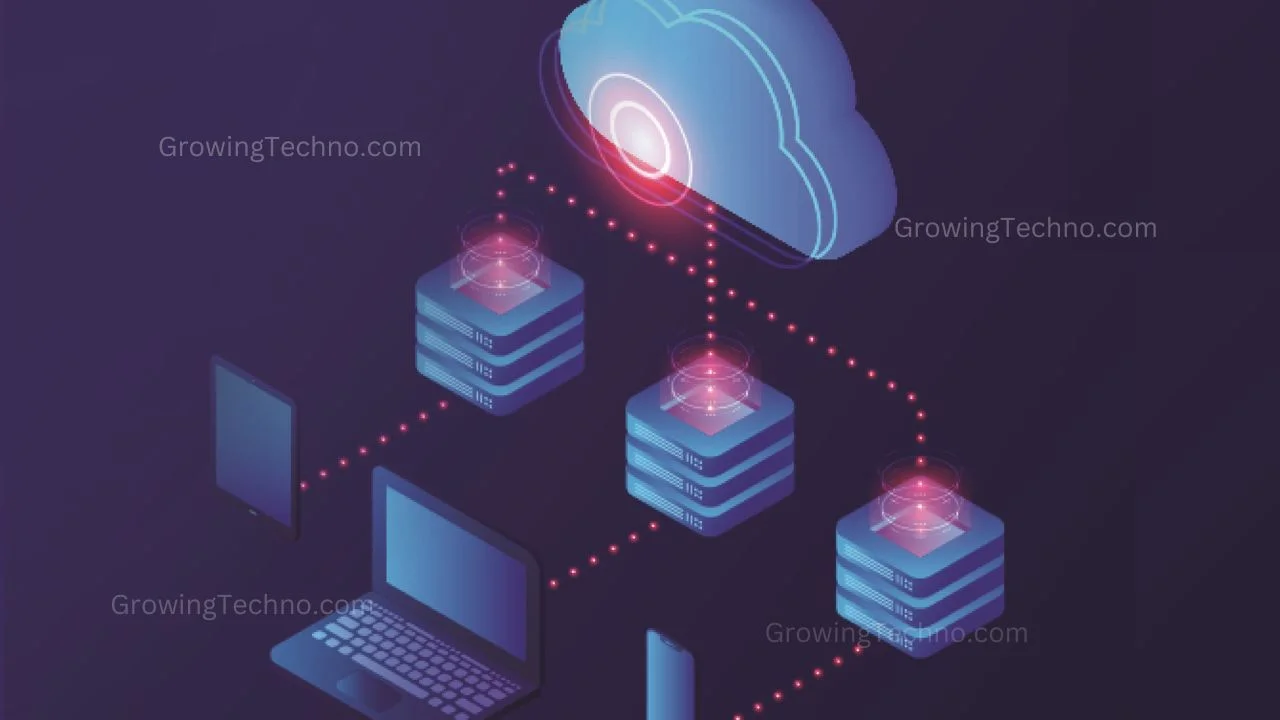
In today’s dynamic business landscape, managing IT budgets efficiently is crucial for organizations of all sizes. Effective IT budgeting and cost management not only help control expenses but also ensure the successful execution of technology projects that drive business growth. In this article, we’ll dive into the strategies and best practices that can help your organization achieve success in IT budgeting and cost management.
Understanding IT Budgeting
IT budgeting involves the allocation of financial resources to support technology-related initiatives and projects within an organization. It’s a critical aspect of IT management that requires careful planning and execution.
Key Strategies for Successful IT Budgeting and Cost Management
- Align IT Goals with Business Objectives: Start by aligning IT initiatives with the overall business goals and objectives. This ensures that IT spending contributes directly to the organization’s success.
- Prioritize Projects: Identify and prioritize IT projects based on their potential impact on the business. Allocate resources to critical projects first, ensuring they receive the necessary funding and attention.
- Use Historical Data: Analyze historical IT spending data to identify trends and allocate resources more accurately. Understanding past spending patterns helps in making informed budgeting decisions.
- Implement a Zero-Based Budgeting Approach: Consider adopting a zero-based budgeting approach, where each IT expense is justified from scratch, rather than using the previous year’s budget as a baseline.
- Regularly Review and Adjust: IT budgets should not be set in stone. Regularly review budget performance and make necessary adjustments to align with changing business needs.
Cost Management Best Practices
- Cost Tracking and Analysis: Implement robust cost tracking and analysis processes. This helps identify areas where costs can be reduced or optimized.
- Vendor Negotiation: Negotiate with technology vendors to secure the best pricing and terms for software, hardware, and services.
- Cloud Cost Optimization: If your organization uses cloud services, employ cost optimization strategies such as rightsizing, resource tagging, and reserved instances to control cloud spending.
- IT Asset Management: Keep track of all IT assets and their lifecycle. Dispose of obsolete assets to avoid unnecessary maintenance costs.
- Energy Efficiency: Explore energy-efficient technologies and practices to reduce the operational costs associated with data centers and IT infrastructure.

Challenges in IT Budgeting and Cost Management
- Changing Technology Landscape: Rapid technological advancements can make it challenging to accurately predict IT costs and allocate budgets effectively.
- Security Concerns: Cybersecurity-related expenses are on the rise. Organizations need to budget for robust security measures to protect their digital assets.
- Resource Allocation: Resource allocation can be a complex task, especially when competing projects require IT resources.
Conclusion
In conclusion, successful IT budgeting and cost management are essential for organizations aiming to maximize the value of their technology investments. By aligning IT goals with business objectives, prioritizing projects, and implementing cost management best practices, businesses can optimize their IT spending while ensuring the successful execution of critical projects.
Efficient IT budgeting and cost management not only control expenses but also position organizations to leverage technology as a competitive advantage in today’s fast-paced business environment.
Found this helpful? Share the wisdom!












